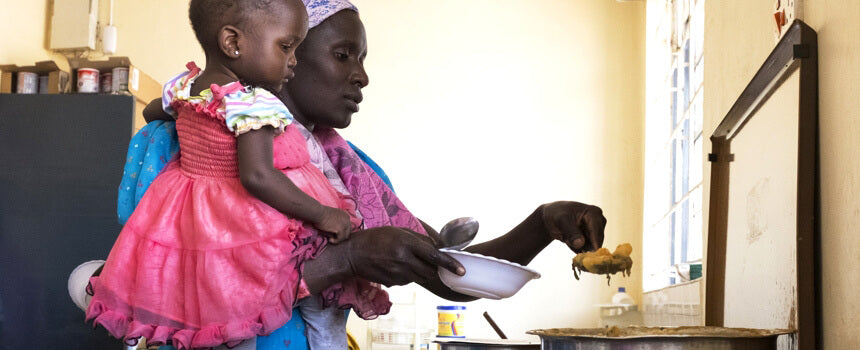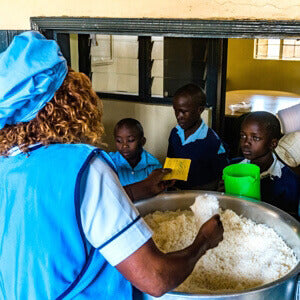Day 6
A warm meal for a malnourished child in Nairobi
 We are fed up with hunger!
We are fed up with hunger!


Hot meals for children in a Nairobi slum

need
Hot meals for children in the Mathare Valley slum, Nairobi.
activity
The local staff buy local food and prepare nutritious meals for the children every day.
Measurable performance
Number of meals prepared and distributed to children in need.
Result
Children receive nutritious food and suffer less from malnutrition and undernourishment.
Systemically relevant impact
The health and thus the future prospects of children from poor families in the Mathare Valley slum are improving permanently.
background


The good deed
AboutKenya
Nairobi
Capital city
46 790 758
Population
2.961
Gross domestic product
per capita per year
142
Human Development Index
(Human Development Index)


